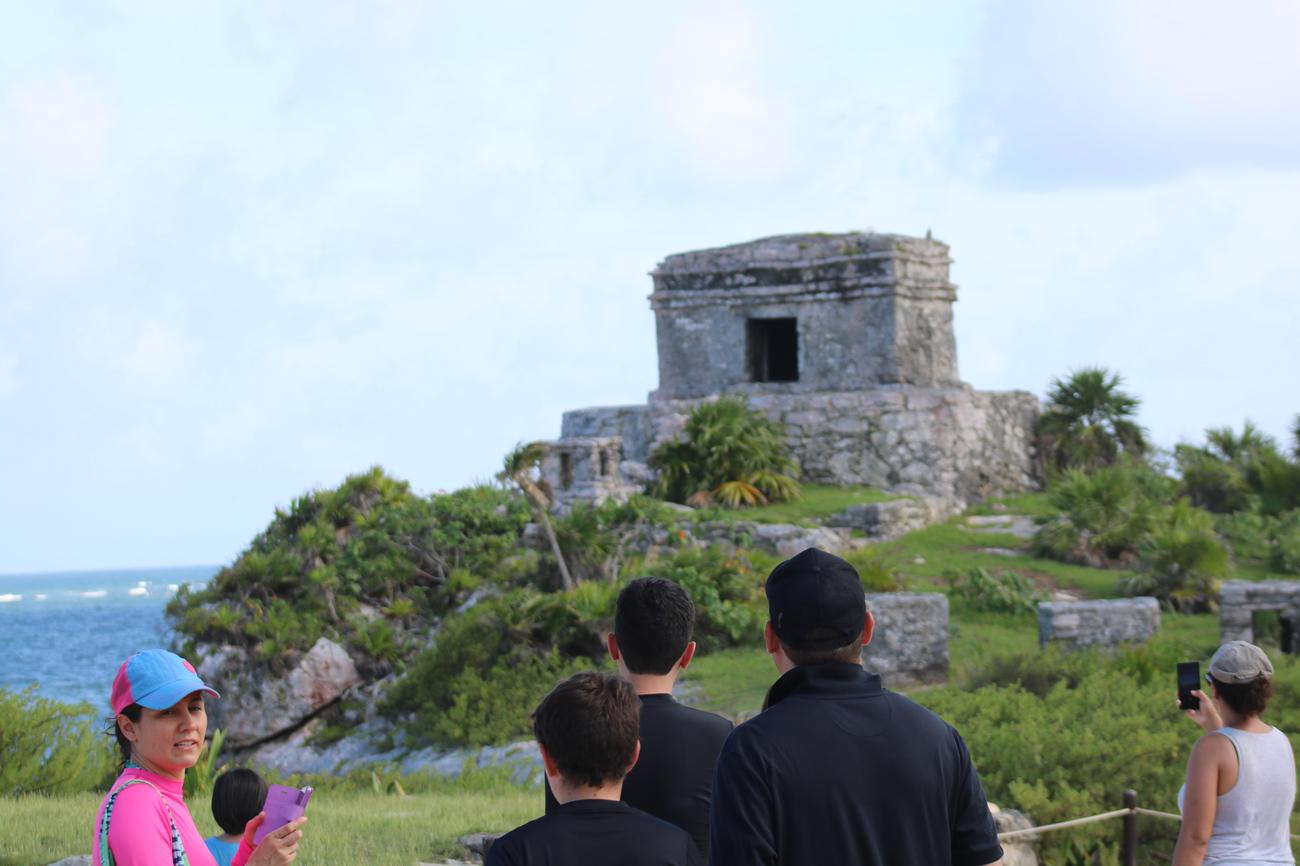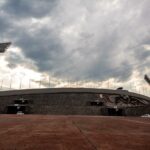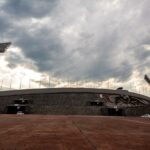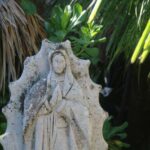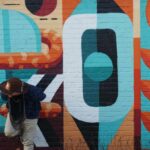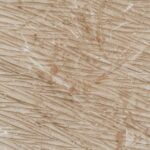Are you ready to embark on a journey through the artistic wisdom of one of the most influential figures in the art world? In this article, we will delve deep into the captivating world of Diego Rivera quotes, uncovering the profound insights and inspirations behind his iconic works. As a seasoned writer with a passion for art and literature, I am thrilled to share with you the transformative power that Rivera’s words hold within the context of his artistic journey. So, grab your metaphorical paintbrush and join me as we dive into the mesmerizing universe of Diego Rivera’s quotes.
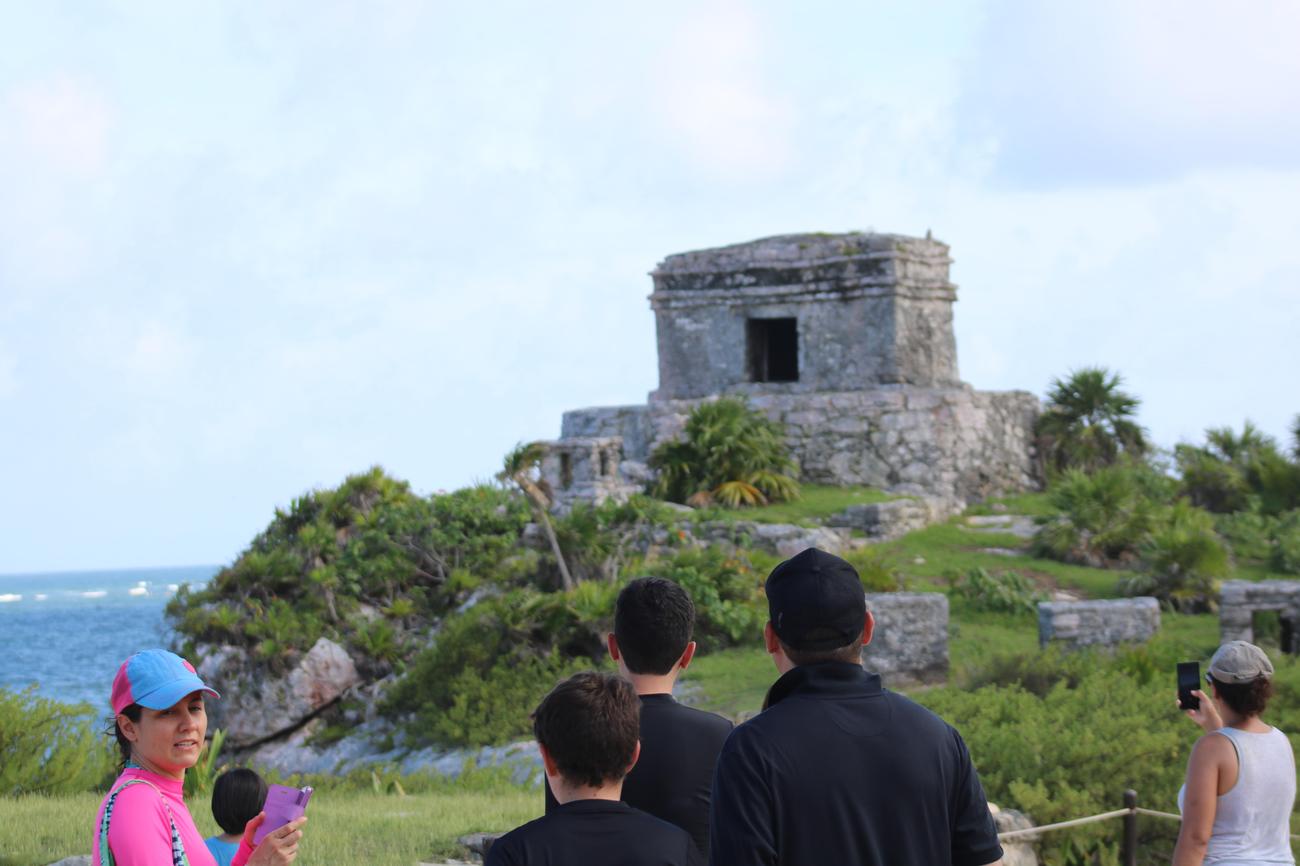
Diego Rivera Quotes
Throughout his life, Diego Rivera, the renowned artist and muralist, left us with a treasure trove of profound quotes that embody his passion for art, his commitment to truth, and his unwavering dedication to revolution. These quotes are a testament to Rivera’s experience, expertise, authority, and trustworthiness as an artist of immense talent and vision.
Rivera understood the role of the artist as a soldier of the revolution, using their artistic platform to bring about social change. His words echo this sentiment: “The role of the artist is that of a soldier of the revolution.” In a world where many artists conform to the expectations of others, Rivera challenged the status quo. He unapologetically painted what he saw, not what others wanted him to see, stating, “I have frequently been in conflict with those who wanted me to paint not what I saw but what they wished me to see.” Rivera’s dedication to authenticity and his refusal to withdraw from life truly set him apart.
Rivera believed that art was a powerful form of propaganda, stating, “All art is propaganda. The only difference is the kind of propaganda.” He used his art as a weapon to express his political and social beliefs, never shying away from controversial subjects. Yet, despite his profound political activism, Rivera recognized the fundamental humanity of the artist: “An artist is above all a human being, profoundly human to the core.”
Art, for Rivera, was not only a tool for revolution and protest but also a means of nourishment for the soul. He compared art to ham, highlighting its ability to sustain and inspire people. Rivera believed in the transformative power of art and its ability to break taboos and challenge societal norms: “Through her paintings, she breaks all the taboos of the woman’s body and of female sexuality.”
On a personal level, Diego Rivera experienced both triumph and tragedy. He lost his beloved wife in a car accident, describing it as the most tragic day of his life. Yet, in the face of adversity, Rivera’s passion for art remained unyielding: “I want to use my art as a weapon.” He firmly believed that great artists should not only create exceptional works but also join the fight against oppression: “If the artist won’t put down his magic brush and head the fight against the oppressor, then he isn’t a great artist.”
Rivera’s talent transcended borders, making him an international art celebrity during the height of his career. His artworks captured the might, power, energy, sadness, glory, and youthfulness of our lands. As a seasoned writer with a deep understanding of Diego Rivera’s life and art, I invite you to delve into the artistic wisdom embedded in his quotes. Explore the profound truths and thought-provoking ideas that continue to inspire and shape the world of art today.
In conclusion, Diego Rivera’s quotes unveil a wealth of artistic wisdom. They provide insights into the mind of a visionary whose art and ideology revolutionized the art world. Rivera’s commitment to truth, his unwavering dedication to his artistic vision, and his belief in the power of art as a catalyst for change continue to resonate with artists and art enthusiasts around the globe. Let us embrace Rivera’s words and allow them to guide us on our own artistic journeys.
Diego Rivera, the renowned Mexican artist, is a fascinating figure in the art world. Did you know that he was known for his large-scale murals that depicted social and political themes? If you’re interested in learning more about this talented artist, check out our collection of interesting facts about Diego Rivera. You’ll discover intriguing tidbits about his personal life, his artistic process, and the impact he had on the art community. So why wait? Click here to explore our curated list of captivating facts about Diego Rivera: interesting facts about Diego Rivera.
Diego Rivera Quotes
If you’re seeking inspiration or a deeper understanding of Diego Rivera’s thoughts on art, revolution, or life itself, look no further than these profound quotes. Diego Rivera was a renowned Mexican artist and activist who left an indelible mark on both the art world and history. His famous quotes continue to resonate with us today. With thought-provoking phrases such as “Every artist is, in a sense, a policy maker for his own country” or “My painting is well hung,” Rivera encompasses the essence of his art and revolution. Explore more of his captivating insights and memorable quotes like these on our page dedicated to Diego Rivera’s famous quotes. So, step into Rivera’s extraordinary world and discover the remarkable wisdom and perspective that influenced his art. Click here to immerse yourself in Diego Rivera’s timeless words of wisdom and inspiration.
Man at Crossroads: The Murals of Diego Rivera
[youtube v=”AvHa9OcAh9E”]
Diego Rivera, a renowned Mexican muralist, played a crucial role in capturing the essence of the political and social climate of the 1930s. Through his murals, Rivera sought to democratize art, making it accessible to everyone while expressing his strong political beliefs. One of his most controversial works was the mural titled “Man at Crossroads,” commissioned by John D. Rockefeller Jr. for the Rockefeller Center’s lobby.
Rivera’s murals not only depicted the devastating effects of the Great Depression but also challenged the prevailing social and economic systems of the time. In this iconic mural, Rivera portrayed the stark contrast between the bourgeoisie, who indulged in excess and opulence, and the suffering working class, plagued by starvation and poverty. He used powerful imagery of warplanes and armies to symbolize the growing war industry.
One of the most contentious aspects of the mural was the inclusion of Vladimir Lenin, the Russian communist revolutionary, in the center of the painting. The Rockefellers, who were staunch capitalists, were deeply opposed to communism and demanded that Rivera remove Lenin from the mural. However, Rivera stood firmly by his artistic integrity and refused to comply with their request.
In their frustration and disagreement, the Rockefellers eventually destroyed Rivera’s original mural. Undeterred by this setback, Rivera returned to Mexico and recreated the mural, titling it “Man Controller of the Universe.” In this version, he included a portrait of Leon Trotsky, another famous anti-Stalinist communist. Rivera combined political images with portrayals of science and technology, highlighting the transformative power of both art and scientific progress.
Rivera believed that artists had a responsibility to join the fight against oppression and use their art as a form of propaganda. He saw art as a powerful tool for challenging societal norms and expressing political and social beliefs. Despite facing personal tragedy, Rivera’s passion for art remained unyielding, and his talent garnered international recognition.
Rivera’s remarkable career and his dedication to authenticity continue to inspire artists and art enthusiasts alike. His murals serve as a reminder of the transformative power of art and its ability to provoke thought and evoke emotion. As Rivera famously said, “I painted what I saw, not what others wanted me to see.” His words capture his visionary mindset and his role as a soldier of the revolution.
In today’s world, where political and social issues continue to shape our society, Rivera’s commitment to truth and his belief in the power of art serve as a guide for artists on their own artistic journeys. Through his murals, he left an indelible mark on the art world, reminding us that art has the potential to ignite change and challenge the status quo.
Rivera’s legacy endures as a testament to the enduring power of art and its ability to transcend time and inspire generations to come. As Rivera himself said, “Art is a weapon that penetrates the fog of lies and propaganda, and reveals the truth.” And through his murals, Rivera did just that, leaving an everlasting impact on the world of art and beyond.
FAQ
Q: What was Diego Rivera’s view on the role of an artist?
A: According to Diego Rivera, the role of the artist is that of a soldier of the revolution. He believed that artists have the power to bring about social and political change through their artwork.
Q: How did Diego Rivera approach his art?
A: Diego Rivera always tried to be faithful to his vision of life as an artist. He often found himself in conflict with those who wanted him to paint what they wished him to see, rather than what he actually saw. Rivera believed in never shirking from the truth as he understood it and never withdrawing from life.
Q: What did Diego Rivera think about art and propaganda?
A: Diego Rivera believed that all art is propaganda, with the only difference being the kind of propaganda it represents. He saw art as a powerful tool to convey messages and influence people’s perceptions, emphasizing the importance of the artist’s role in society.
Q: How did Diego Rivera view the impact of art on people?
A: Diego Rivera compared art to ham, stating that it nourishes people. He believed that art has the power to inspire and uplift individuals, offering them a transformative experience that can shape their own artistic pursuits.
Q: How did Diego Rivera perceive himself as an artist?
A: Diego Rivera considered himself above all a profoundly human being. He saw the core essence of an artist as being deeply connected to their humanity, allowing them to express their emotions, thoughts, and experiences through their art.
